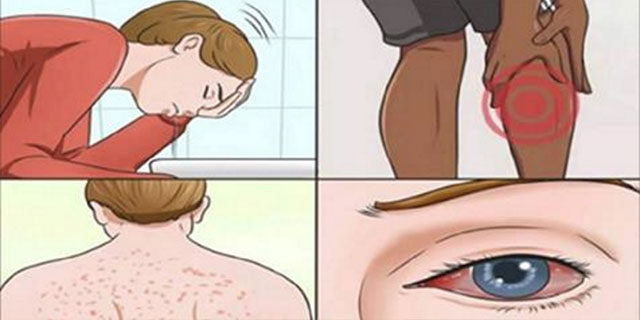Pathogenic Molds:
Pathogenic molds will cause some infection. This is a big problem for those with a suppressed immune system. An acute response resembling bacterial pneumonia is commonly found with those exposed to these types of mold.
Toxigenic Molds:
As the name implies, these molds produce mycotoxins that can cause serious health effects. They have been tied to immunosuppression and cancer. The toxic chemicals found in these types of molds can be absorbed into the body when one inhales them, eats them, or even touches them.
According to Dr. Mercola, the Five Most Common Indoor Molds are:
Alternaria: Commonly found in your nose, mouth, and upper respiratory tract; can cause allergic responses.
Aspergillus: Usually found in warm, extremely damp climates, and a common occupant of house dust; produces mycotoxins; can cause lung infections.
Cladosporium: This very common outdoor fungus can find its way indoors to grow on textiles, wood, and other damp, porous materials; triggers hay fever and asthma symptoms.
Penicillium: Very common species found on wallpaper, decaying fabrics, carpet, and fiberglass duct insulation; known for causing allergies and asthma; some species produce mycotoxins, one being the common antibiotic penicillin.
Stachybotrys: Extremely toxic “black mold” that produces mycotoxins that can cause serious breathing difficulties and bleeding of the lungs, among other health problems. Thankfully, less common in homes than the other four, but not rare; found on wood or paper (cellulose products), but NOT on concrete, linoleum or tile.
Click ‘Next Page (>)’ to keep reading and don’t forget to SHARE with your Facebook friends.

